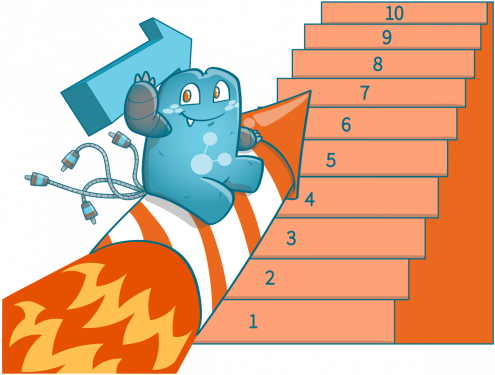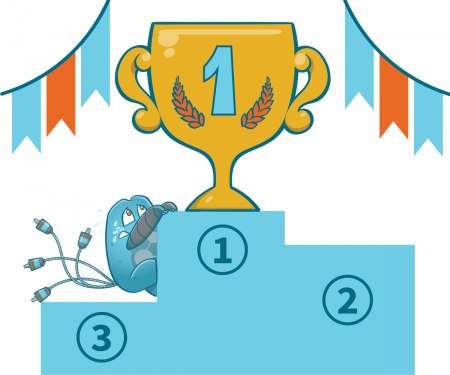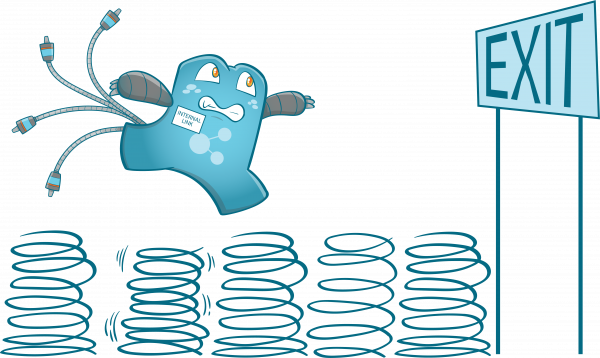6 Website Metrics You Need to Focus On
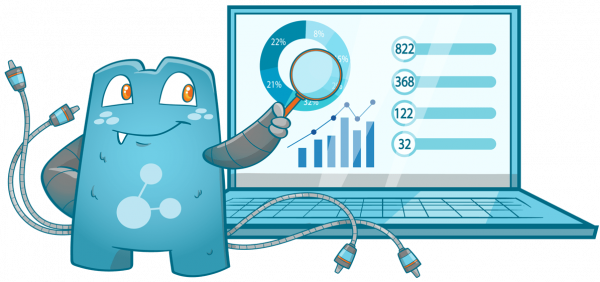
If you’re running an eCommerce business, it means that your website is at the heart of your business. Without it, it is impossible for you to get customers, leads, and visitors. Aside from focusing on the code, design, and branding, you also need to allot resources on improving your website metrics.
In this article, we will be discussing 9 website metrics that you need to keep an eye on. Doing so will help you improve your website which in turn will bring more visitors to it.
Organic Traffic
The most important metric that a site owner should consider would be the volume of organic traffic that your site receives. The main reason for this is that most, if not all metrics for search engines relate to the traffic a site receives.
Having a low volume of organic traffic signals that your website isn’t reaching enough audiences that might be interested in what you’re offering.
One of the best practices to get more traffic to your website is by creating content that ranks high on search engines. When a piece of content ranks high, it means that its online presence is enhanced since it appears on the first page of search engines.
Once other websites see that your content is high-quality and credible, there is a high possibility that they will link to your website. With backlinks, you can get more traffic flowing to your pages.
However, you need to remember that a high volume of organic traffic wouldn’t be any good if other metrics like conversion rates and bounce rates aren’t displaying good results. The reason behind this is that even if you’re receiving tons of organic traffic but you aren’t converting them or they immediately leave your website, it won’t really benefit your website.
So, to get high-quality organic traffic, you can do these basic practices:
- Create high-quality content (engaging, display expertise on the topic, readable, etc.)
- Provide better copies for your product and service pages and other important pages (include better photos, more information, address questions, etc.)
- Change parameters set to determine the site’s target audience
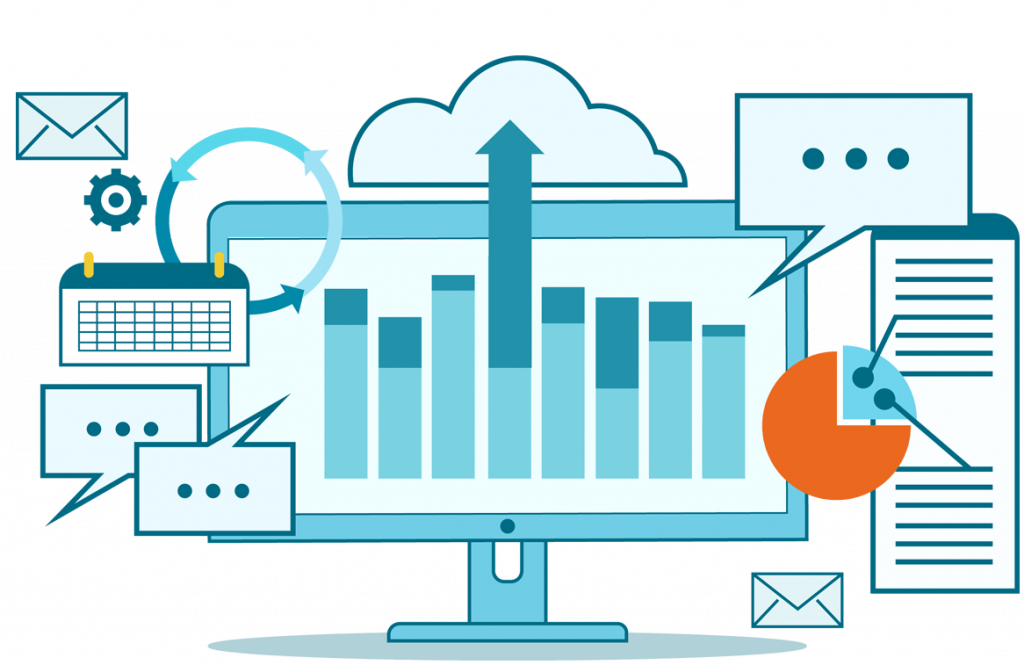
Bounce Rate
A bounce can be defined as the event where a visitor lands on a page on your website and exits from the same page. In most cases, the reason behind this is that your visitor doesn’t seem to find the information they need about a particular topic or the products and services they need.
At times, it is because of the display and page speed of the website. When visitors experience these things, they might immediately close the window or press the back button and look at other search engine results.
Bounce rate is therefore the ratio of the total number of visitors to the number of bounces. If your site’s bounce rate is high, it means that many visitors don’t find your site appealing or your content valuable. This results in your pages being ranked lower in search results which in turn will cause a massive drop in organic traffic.
The most common remedy for a high bounce rate is to use tools that will identify which pages have the highest bounce rates on your website. Since a high bounce rate signifies you’re not delivering what visitors are expecting, it would be wise to re-examine the pages and their content.
Once you’re done doing it, you can align the content of the selected pages to the current trends in the market. If you think that the pages are just right, then the high bounce rate could be caused by picking the wrong target audience. If this is the case, you can try changing your parameters in picking your target market.
Session Duration
The session duration metric basically measures the time spent by a visitor on your website. Most marketers use the session duration metric to determine how engaging your website is. To explain this, here is an example.
Suppose one of your visitors arrives on your website. If they find that your pieces of content are engaging, they would stay longer on your website and discover more interesting pages. So as they click more elements on your website, the longer they will stay. This will make your site’s session duration metric higher.
However, you need to remember that if a user is inactive for, say 1 hour, Google will not consider it grading your site. The time when the user was inactive will be marked as a closed session.
The session duration metric can be interpreted in two ways.
If your website aims to provide services or sell products, session duration can be used to define how interesting your product and service pages are.
On the other hand, if your website aims to provide information through blog posts, having a high session duration means that your visitors find your content engaging and full of value.
Average Pageviews for Every Session
Aside from session duration, the average pageviews is another metric that defines how interesting a particular website is. The average pageviews metric. It shows how many pages on your website have been visited by a visitor in a single session.
If your website provides products for dogs, you’d want visitors to visit most of your product pages. So, if you have 10 product pages, your aim should be to let your visitors browse your website. And also, visit at least 5 of your product pages.
This means that your average pageviews per session should be around 7. That’s because you need to factor in the homepage and category page.
Similar to most website metrics, another way of improving your site’s average pageviews per session metric is to create compelling content that would interest and convert your visitors.
You need to remember though that having a high average pageviews per session metric doesn’t guarantee that your pages will rank high on SERPs and you’ll get a lot of conversions. However, it increases the number of opportunities you’ll have to get more customers or avid readers.
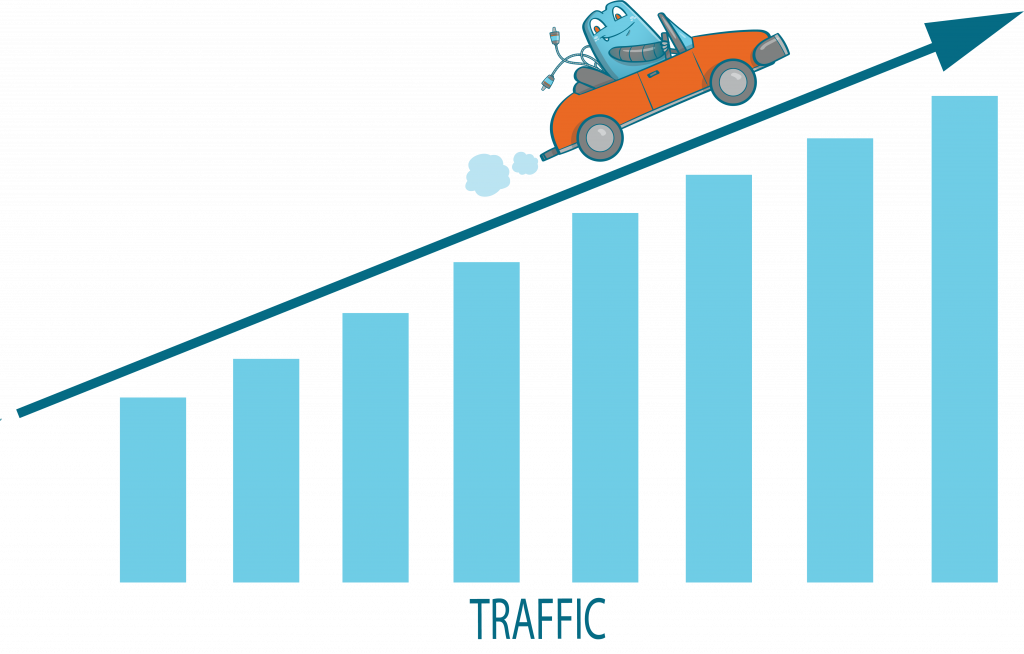
Traffic Source
The traffic your website receives comes from different sources and it is important for you to know the traffic source that drives the most traffic to your website.
Some of the most common traffic sources are social media platforms and search engines like Instagram, Google, and Facebook. If a lot of your traffic comes from Instagram, you can consider it as one of your top traffic sources.
It is important for you to know your top traffic sources so that you can adjust your strategy accordingly. For example, if you found out that the majority of your visitors come from your Facebook post. Then you can further improve your Facebook posts to ensure that your visitors from Facebook will be more engaged.
Also, knowing which traffic sources drive the least traffic to your site. It can help you adjust your strategy to ensure that your posts on those sources will be better.
On-Site Time
The on-site time metric is also one of the most important metrics that you need to consider. Even if the number of your visitors and the average pageviews are high, but their on-site time is too short. That may mean that they don’t really try to understand your content.
If the on-site time is low, it could mean that your visitors simply click the ‘next page’ button and don’t consider reading or checking out your products, services, or blogs because they don’t really get interested in it.
Knowing the on-site time of a visitor isn’t enough to know if your website is really performing well. You need to partner it with other metrics like average time on the page. To ensure that your visitors are really engaging with your website.
To help you understand this further, here is an example. Suppose your site has thousands of pages and a visitor lands on one of your pages. After the visitor left, you look at the metrics of his visit and you found that his on-site time was clocked in at 20 minutes.
You’re thinking that your site is really engaging since the visitor never left the site for 20 minutes. Looking at the average time on page metric, you see that the average time spent per page is only 10 seconds.
This means that the visitor only stayed on your pages for 10 seconds! It would be impossible for a person to read all the content of a page within 10 seconds. So, it is safe to assume that the visitor spent most of his time clicking pages.
You can improve your content by making them more engaging, informative, and credible to make your visitors stay longer.
Once you’ve crafted a strategy that covers all the important metrics on a website. It is time for you to start making an internal linking strategy. If you’ll need an internal linking tool, check out Internal Link Juicer today!
Optimizing Your Website through Website Metrics
Identifying and knowing how your website metrics work is vital in improving the overall performance of your website. If you’re aware of the issues and potential improvements of these basic web metrics, you can easily bring up your site to higher ranks on SERPs.



